“Today is a good day to arrest the cops who killed Breonna Taylor.” This phrase started as a call for the Kentucky Attorney General’s Office to hold accountable the officers that shot and killed the 26-year-old Louisville resident in her home in March 2020. In the months after Taylor’s killing, social media influencers and celebrities adopted the phrase to draw attention to her death as a way to disrupt the picturesque and cavalier digital culture of platforms like Instagram and Tik Tok. Oprah Winfrey even gave up her coveted spot on the cover of O Magazine by putting a picture of Taylor, an emergency medical technician, on the cover. Winfrey also placed billboards around the city of Louisville (one of which were vandalized) to demand the arrest of the officers involved.
For a moment, this attention seemed to bring attention to Breonna and by extension Black women who are victims of police brutality. Louisville’s police chief resigned, the city council voted to ban no-knock warrants (naming it Breonna’s Law) and make body-worn cameras mandatory. The city also settled with Taylor’s family for $12 million for wrongful death.
Nonetheless, earlier this week, a Kentucky grand jury voted not to bring charges against the officers—Brent Hankison, Jonathan Mattingly, and Myles Cosgrove—accused of participating in Taylor’s killing. Instead, Hankison, a former Louisville detective fired after the incident, was charged with three counts of “wanton endangerment” for his role in a botched no-knock warrant raid on Taylor’s home. What was most troubling about the grand jury announcement was that Hankison’s charges are not for what he did to Taylor. Instead, the grand jury indicted Hankinson because the bullets from his gun went through Taylor’s walls and into her neighbor’s apartment occupied by three people (none of whom were shot).
Once again, a Black woman’s fatal encounter with the police was minimized. Taylor’s neighbors’ mental anguish and property received more justice than her life.
It is exactly this privileging of property over the bodies of Black women that illuminates why the African American Policy Forum (AAPF) headed by legal scholar Kimberlé Crenshaw created the #SayHerName campaign. According to the 2015 Say Her Name Report, Crenshaw and her team coined Say Her Name to shed “light on Black women’s experiences of police violence to support a gender-inclusive approach to racial justice that centers all Black lives equally.”
While the founders of Black Lives Matter intended the motto to encompass all Black people, regardless of gender or sexual orientation, a study we conducted with a team of researchers at the University of Maryland Institute for Technology in the Humanities found a gender discrepancy in how the message of Black Lives Matter played out when it became a hashtag on Twitter. We analyzed a collection of 31 million tweets generated between August 2014 and August 2015 on Ferguson after the killing of 17-year-old Missouri resident Michael Brown by Darren Wilson, an officer for the Ferguson Police Department at the time. Our findings indicate that opponents to police violence used hashtags for multiple reasons, one of which was to name Black people killed by police. However, of the nearly 300 phrases used as hashtags we collected, not even one named a Black woman or girl.
Though Black women are 13% of the women population in the United States, they represent 20% of women killed by police and nearly 30% who are killed while unarmed. About 36% of women killed by police since 2015 were killed in their homes, like Taylor. It is a troubling pattern of Black women’s killings being justified as “caught in crossfire.” Still, we have to wonder how a $12 million settlement leads to a justifiable police killing with none of the officers being held accountable for that killing. Instead, taxpayers’ money, including Taylor’s own, was used to pay her family for her death.
The results of this study demonstrate why #SayHerName is so necessary as a corrective to the erasure of the deaths of Black women in the narrative associated with the broader Movement for Black Lives. The Say Her Name report states that “Just as the officers who killed Mike Brown and Eric Garner escaped punishment for these homicides, officers who killed Black women and girls were not held accountable for their actions.” The Kentucky grand jury’s decision not to hold anyone accountable for Breonna Taylor’s death underscores this point.
It is also worth noting that, beyond the gender differences in tweets that we analyzed, the level of public outcry about Breonna Taylor’s murder also points to differences in how Black women’s encounters with the police are perceived by the public. The online activism in support of Breonna Taylor did not appear to motivate the same public outcry as the protest activity that continues following the May 2020 death of George Floyd in Minneapolis. While some argue that video evidence makes the difference in the killings of Floyd and Taylor, the 2014 video in the beating of California resident Marlene Pinnock would seem to undercut that argument.
In a subsequent study conducted in 2016, we found that beyond the differences in public outcry for Black women, news outlets also mentioned male victims of police brutality more often than female victims of police brutality. We analyzed over 460,000 tweets generated between January 2016 and October 2016 and explicitly included the phrase #SayHerName. While journalists or news organizations retweeted nearly 40% of user accounts that mentioned Ferguson, only 18% of the retweeted users that tweeted about #SayHerName fell into that category. Our results show how news outlets contribute to police violence against Black women receiving less attention.
Media outlets and journalists use social media to generate traffic for news websites. However, they also make choices about the narratives they amplify on Twitter and other mediums. Our findings suggest that the media often brings more awareness to #BlackLivesMatter and Black men’s experience with police violence relative to #SayHerName and the killings of Black women.
Therefore, hashtags like #SayHisName or #SayTheirNames “muddle the very reasoning behind the creation of the #SayHerName,” as Precious Fondren notes. Moreover, online activism for Black women should not be compromised or splintered due to how calls to action obfuscate their intersectional plight.
Despite the grand jury’s failure to implicate anyone in Breonna Taylor’s death, the groundswell of online activism in her name means that more people now know how the justice system disempowers Black women victims of police brutality. Supporting the #SayHerName campaign means remaining steadfast in the struggle to upend how systemic racism and sexism intersect to disproportionately affect Black women.
Melissa Brown is a Postdoctoral Fellow at the Clayman Institute for Gender Research at Stanford University and an incoming Assistant Professor of Communication at Santa Clara University. Rashawn Ray is a David M. Rubenstein Fellow at The Brookings Institution and a Professor of Sociology at the University of Maryland.
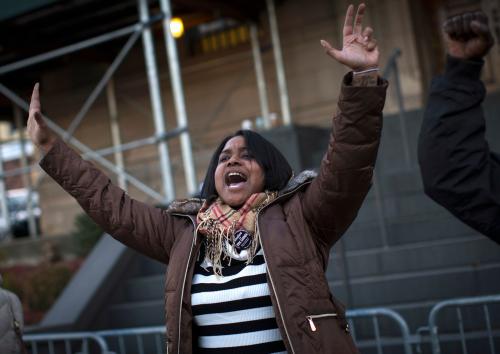
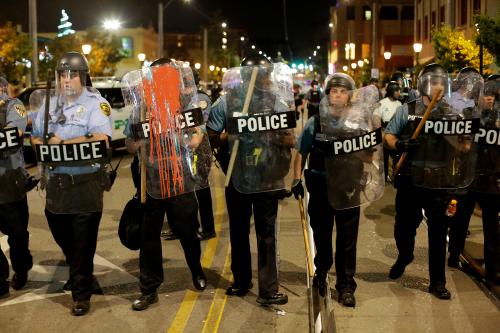
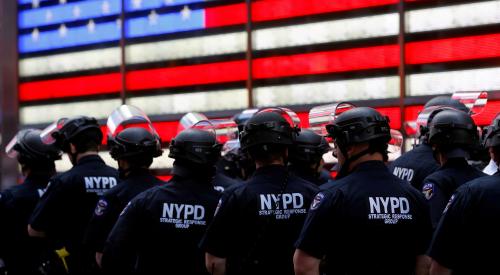
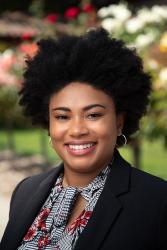

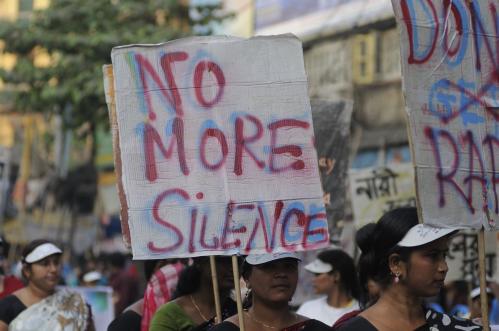
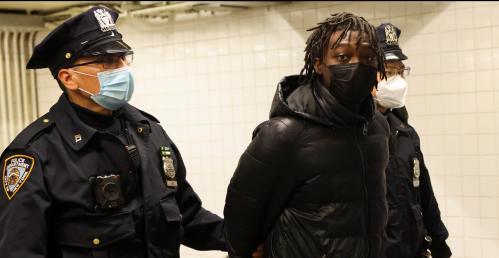
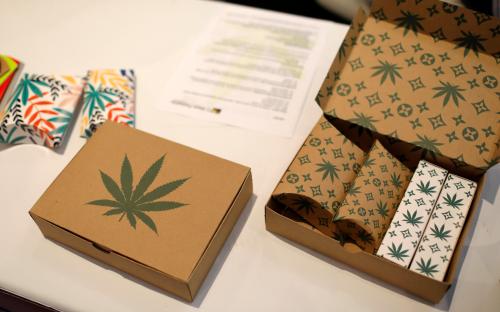
Commentary
Breonna Taylor, police brutality, and the importance of #SayHerName
September 25, 2020